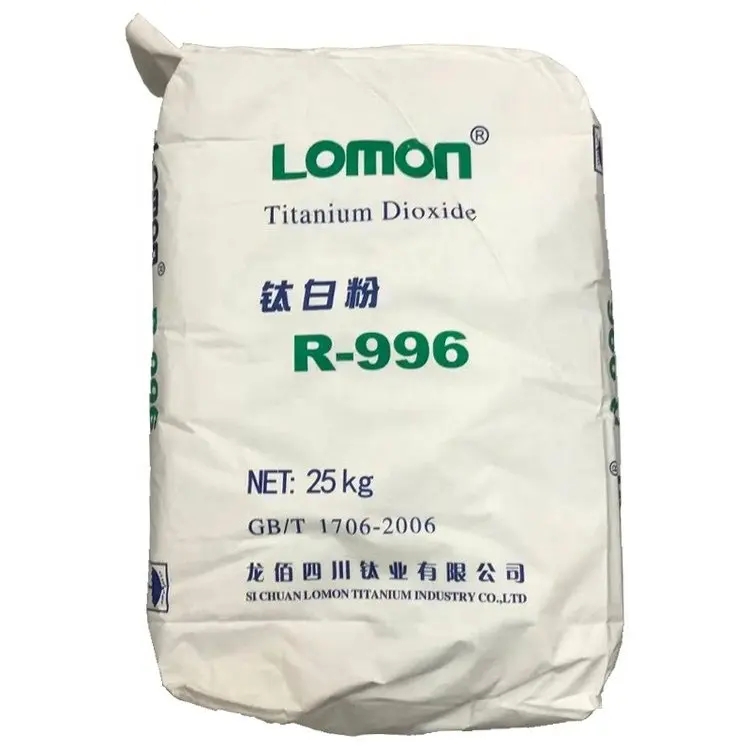
10 月 . 05, 2024 22:22 Back to list
Comparing the Properties of Rutile and Anatase in Chinese Markets
Understanding the Differences Between Rutile and Anatase in China’s Titanium Dioxide Market
In the realm of titanium dioxide (TiO2) production, two primary mineral forms, rutile and anatase, play significant roles. Both are utilized for their unique properties, but they differ markedly in terms of characteristics, applications, and market dynamics.
Chemical Composition and Structure
Rutile and anatase are two polymorphs of titanium dioxide with distinct crystalline structures. Rutile, the more thermodynamically stable form, features a tetragonal crystal system characterized by its denser structure and higher refractive index. This stability allows rutile to maintain its properties even under harsh conditions. Conversely, anatase also possesses a tetragonal structure but is less stable compared to rutile and tends to convert to rutile upon heating.
Optical Properties and Applications
Optically, rutile is known for its high refractive index and strong UV light absorption, making it a preferred choice in various applications, particularly in high-performance paints, coatings, and plastics where durability and whiteness are paramount. Rutile TiO2 can provide superior opacity and brightness, making it indispensable in the manufacturing of premium-quality products.
Anatase, while less opaque and vibrant, is often utilized in applications where its photocatalytic properties shine. It is commonly found in products aimed at environmental remediation, such as self-cleaning surfaces and photocatalytic coatings, which harness its ability to initiate chemical reactions under UV light. This property has driven demand for anatase in the solar energy sector, particularly in the production of photovoltaic devices.
china rutile vs anatase

Market Trends in China
China is a major player in the global titanium dioxide market, producing both rutile and anatase. The country’s TiO2 production strategy has evolved over the years, focusing on enhancing the quality and efficiency of processing methods. Rutile production often involves more complex and costly processes compared to anatase, which can make rutile TiO2 more expensive. However, the consistent demand for high-quality paints and coatings often justifies the cost difference.
The Chinese market has witnessed a growing interest in environmentally-friendly applications, boosting the prominence of anatase in various sectors. Government policies promoting sustainable practices and green technology have fueled this trend, encouraging TiO2 manufacturers to explore innovative applications for anatase, particularly in urban construction materials and solar cell components.
Conclusion
In summary, the choice between rutile and anatase in China’s titanium dioxide market is dictated by their distinct properties and applications. Rutile is preferred for its stability, opacity, and suitability for high-performance products, while anatase finds its niche in environmentally-driven technologies. As China continues to develop its titanium dioxide sector, understanding the nuances between these two forms of TiO2 will be crucial for manufacturers and consumers alike.
With advancing technology and changing consumer preferences, both rutile and anatase will remain integral to the titanium dioxide landscape, each catering to specific market needs and providing unique advantages that contribute to the diversification and growth of the industry.
-
Lithopone for Plastic & TiO2 R-5568/SK-6658 Masterbatch Solutions
NewsMay.30,2025
-
China Leading Rutile TiO2 Manufacturer - R5566 & R996 Grades Available
NewsMay.30,2025
-
High-Purity Anatase & Rutile TiO2 Powder Trusted Manufacturer
NewsMay.30,2025
-
High-Purity Anatase Products Trusted Supplier & Manufacturer
NewsMay.29,2025
-
Best Price Eco-Friendly Rutile TiO2 Supplier & Wholesale Factory
NewsMay.29,2025
-
Chinese Anatase Titanium Dioxide for Ceramic Glaze Reliable Supplier
NewsMay.29,2025
